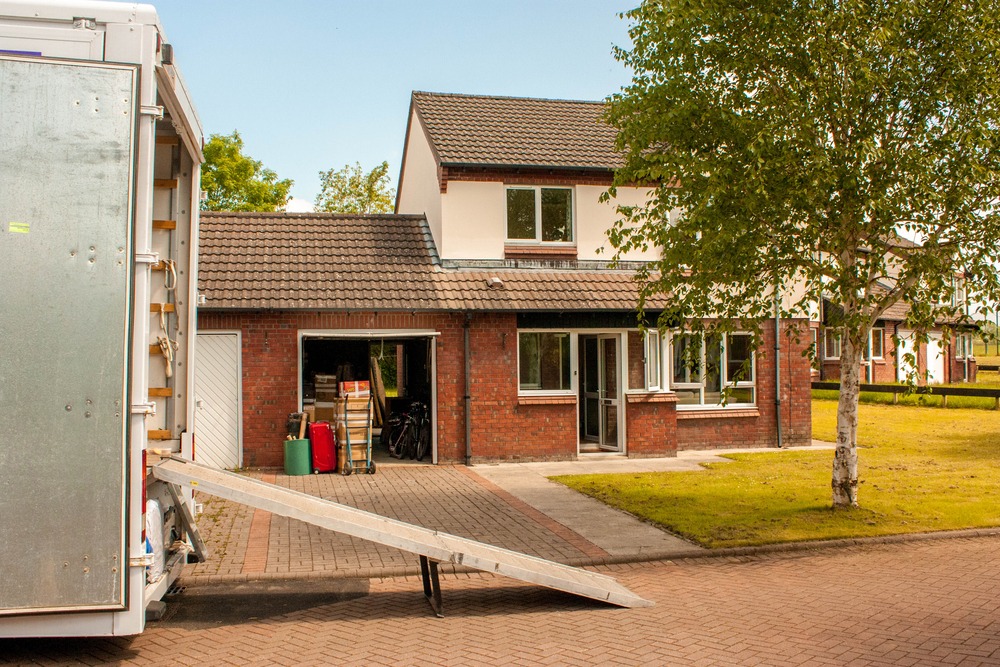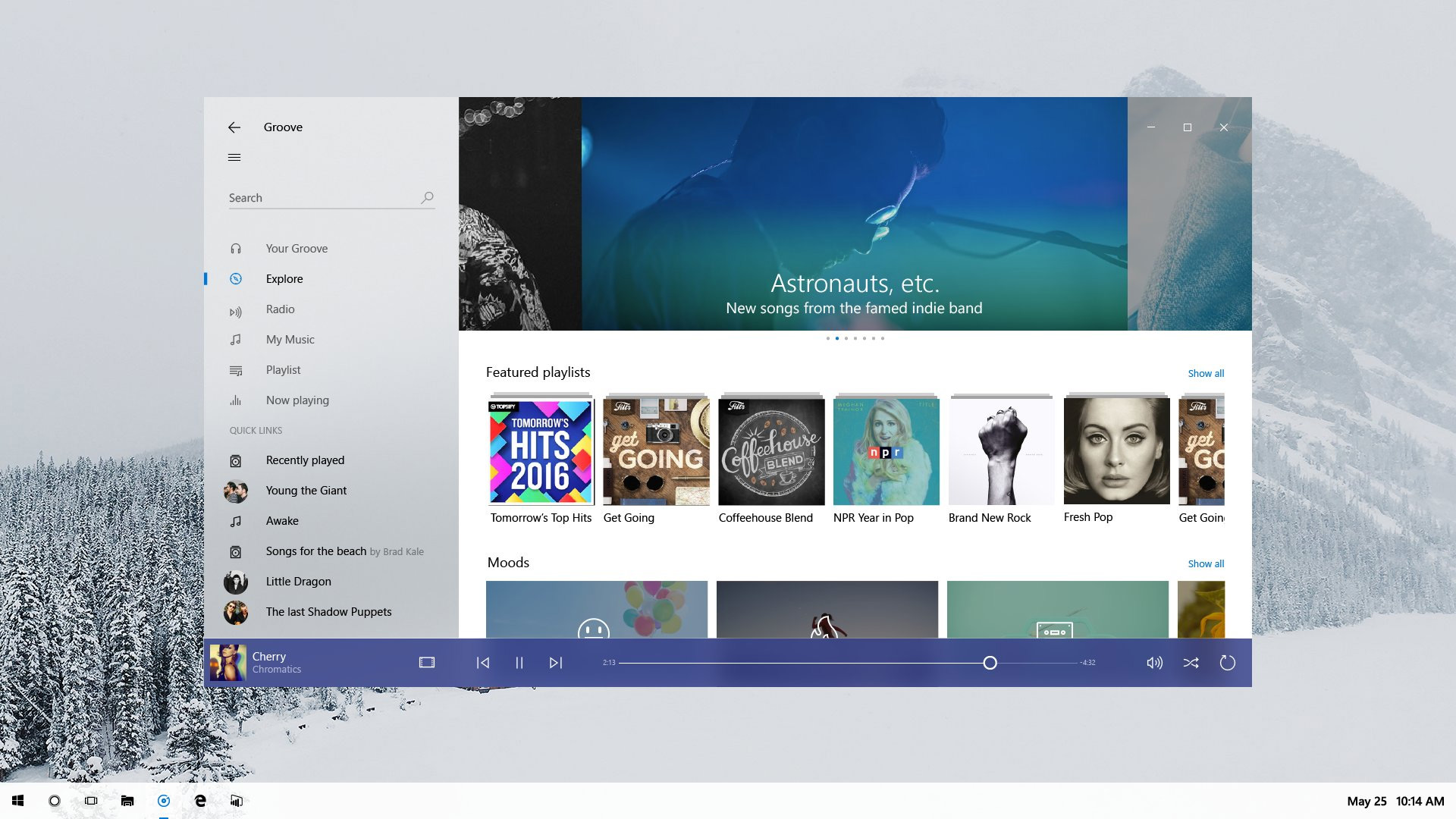According to Windows, the users can only upgrade from Windows 10 Home to Windows 10 Pro and activate their device using a valid product key or a digital license for Windows 10 Pro. The users can also buy it from the Microsoft Store. After getting the Microsoft 10 pro upgrade key, the users will need to select the Start button and open up Settings. Then they need to open the Update & Security window and search for Activation there. They can type out their key here and the process will start immediately.
Apart from this here is also a video taken from Youtube that can help out the users with the same. If your existing Windows 10 PC is running Windows 10 20H1 or later and meets the minimum hardware specificationsit will be able to upgrade to Windows 11. The upgrade rollout plan is still being finalized, but for most devices already in use today, we expect it to be ready sometime in early 2022. Not all Windows 10 PCs that are eligible to upgrade will be offered to upgrade at the same time.
To see if your PC is eligible to upgrade, refer to our knowledge base for a list of tested systems. Once the upgrade rollout has started, you can check if it is ready for your device by going to Settings/Windows Updates. More information on how that is presented will be available at a later date. Additional desktop notification options may be also be added at a later date.
Many would argue that downloading Windows without paying for or already owning a product key is ethically wrong. That said, Microsoft has made this process easier over various Windows iterations and lessened the limitations and nagging that happens when you don't activate. The company isn't trying to close this loophole, probably because it's more interested in driving user numbers.
I've even seen well-known vendors and Microsoft partners do press presentations with watermarks on their desktop. This edition was introduced in July 2016 for hardware partners on new devices purchased with the discounted K–12 academic license. It also features a "Set Up School PCs" app that allows provisioning of settings using a USB flash drive, and does not include Cortana, Microsoft Store suggestions, Windows Sandbox, or Windows Spotlight. Two years back, Microsoft quietly made Windows 10 free to download, install, and use. However, the sad part is that users are still unaware of it.
If you are looking for a Windows 10 key, the better alternative will be to use the free version of Windows 10 instead of buying a new license key. It comes with all Windows functionalities and you will get feature and security updates too.Basically, everything works similar to the activated Pro version. Instead, the Redmond-based company states that it's free upgrade through the Get Windows 10 app ended on July 29, 2016. And that if you're installing Windows 10 for the first time, you'll need to enter a valid Windows 10 product key or buy a full version of Windows 10 during setup for this tool to work.
New releases of Windows 10, called feature updates, are released twice a year as a free update for existing Windows 10 users. Each feature update contains new features and other changes to the operating system. The pace at which a system receives feature updates is dependent on the release branch from which the system downloads its updates. Windows 10 Pro, Enterprise and Education could optionally use a branch, which is defunct since version 1903, that received updates at a slower pace. These modes could be managed through system settings, Windows Server Update Services , Windows Update for Business, Group Policy or through mobile device management systems such as Microsoft Intune. Would be better if you would also add some tips for potential buyers who will otherwise take the cheapest option and buy the home edition which is atrocious.
Better to spend few Rs more and get the Pro version. AfterWindows 10 is completely installed, you'll be presented with the new desktop and all the new features. At this time, it's a good idea to go to Windows Update using the Settings app to check for updates. Also, go to Device Manager to confirm if the computer hardware is working correctly, and you don't need to reinstall any driver.
The "Media Feature Pack" can be installed to restore these features. The variation cannot be changed without a clean install, and keys for one variation will not work on other variations. Windows 11 features a new version of the Microsoft Store, with a new interface and a broader selection of apps. This new store is meant to have an easier to use and better-curated digital storefront. It should also be faster, "We rebuilt for speed", said Panos Panay during the Windows 11 announcement.
So far our experience of it is much the same as the rest of Windows 11... But it's also still mostly filled with apps you'd likely download direct from your browser, or wouldn't want to touch at all. Or you can convert your Windows from Home version to Pro version by some command lines which is absolutely free of cost. We are here to solve the biggest problem in selecting software by priding ourselves in offering you software to cater your Windows or MAC that won't break the bank. The familiar Start menu is back and better than ever before with endless search, customization and upgrades to its predecessors. Multiple desktop switching for creating and switching to desktops quickly - multitask between projects and different purposes with ease.
Security is given a boost in Professional, with remote working in mind. BitLocker offers system-wide data protection by encrypting your drives, including USB keys, protecting your work from third-party unauthorized access. Another security feature that's only found in the Professional version is Assigned Access which gives greater control over what users are able to do on a system.
Microsoft's new Windows 10 S operating system is designed to just run Windows Store apps, but that's probably going to be a problem for most Windows users. If you've just purchased a Surface Laptop, or you're considering a range of Windows 10 S computers, then it's simple to upgrade to the full Windows 10 Pro version. The upgrade will be free until the end of the year for any Windows 10 S computer priced at $799 or above, and for schools and accessibility users. If you don't fit into that criteria then it's a $49 upgrade fee, processed through the Windows Store.
Here's how to upgrade from Windows 10 S to Windows 10 Pro. I have tested this scenario multiple times on hardware that originally shipped with Windows Home and was upgraded to Windows 10 Pro. When prompted, be sure to choose Windows 10 Pro as the edition to install. After you've successfully performed a Home-to-Pro upgrade, you can file that product key away. Your upgrade is now a digital license, attached to your unique hardware.
If you perform a reinstallation of Windows, Microsoft's activation servers will recognize the hardware and activate Windows 10 automatically. In all likelihood, we would expect Microsoft to continue with the path it started walking down on in 2015. Windows 11, or whatever it is called, will be a free upgrade at least for PCs running Windows 10. There may be some routes for upgrading Windows 8.1 and Windows 7 machines, specifications and hardware permitting. It is unlikely that Microsoft would want to be seen making upgrades difficult for customers, at a time when Mac users have it incredibly easy with macOS updates.
The timing is such, Windows 11 after all its testing, will likely roll out in Fall this year. That is when this year's big macOS update, called macOS Monterey, will also be rolling out for Mac users. Contrasting approaches will stick out, like a sore thumb.
Windows 11 is nw officially available, and just like previous versions of Windows, it will come in a few different editions. The Windows 11 editions are similar t those of Windows 10, and different editions contain certain different features, which make the operating system more tailored for different users. For the general public, there are two main editions you'll find — Windows 11 Home and Windows 11 Pro. As the name suggests, Windows 11 Pro is the more feature-rich edition, but most laptops come with the Home edition.
Even Microsoft's own Surface devices come with Windows 10 Home, with the exception of the Surface Pro 7+. In this guide, we'll show you how to upgrade from Windows 11 Home to Pro, and why you might want to. Microsoft Store will immediately download the necessary ones after your purchase.
All you need to do is restart your computer, and you'll be able to see and access Windows 10 Pro and its display, features, modern security settings, and more. To do that, Windows 7 Professional and Windows 7 Enterprise users will need to purchase the Extended Security Updates to receive critical security updates for the next three years. ESU licenses start at $50 (£40) per machine for Professional and $25 (£19) for Enterprise users. Alternatively, users who want to migrate their files, apps, and settings can purchase a copy of Windows 7, upgrade their current installation, and only then upgrade to Windows 10. However, a clean install will save you time and money and help you to start with a fresh installation.
If you bought a full copy of Windows 10 Pro from a cheaper source than what the Microsoft's pricing is, you will need to upgrade using the license key, which will replace your current license. Here is how toupgrade Windows 10 Home to Prousing a digital license. To do this, from the right pane, selectChange product key.
Windows will verify your Product Key and upgrade will start. One of the key determinants when you shop for a computer is price. What you'll find when shopping for a PC is that the most affordable systems, despite the hardware they're running, come with Windows 10 Home pre-installed. If you want to upgrade, you'll need to stump up $99 to pay the one-time upgrade fee which unlocks the Pro features. The Professional version of Windows 10 includes numerous features and options not found in the Home edition -- and unsurprisingly they are hugely beneficial for people working from home. Reboot your computer and connect it to the internet.
Open Settings and choose "Update & Security" and click "Activation." From here, you can see if the Windows 10 upgrade worked. If not, press an "Activate" button ; this will create a digital Windows 10 product key. These features aren't really necessary for most people. Even features like Hyper-V virtualization and remote desktop can be replaced with third-party virtualization and remote-desktop-access tools.
If you don't need business features like the ability to join a domain, the most compelling feature restricted to Professional editions of Windows 10 remains BitLocker drive encryption. Note that you can't upgrade Windows 10 Home to Windows 10 Enterprise — that will require a complete reinstallation with an Enterprise product key. There's also no Ultimate edition of Windows 10 with the Enterprise features available for Home users as there was with Windows 7 and Vista.
How Much Does It Cost To Upgrade Windows 10 Home To Pro Best of all, you only need to use the older product key one time. Unless you're running a small business, that's not something you're going to opt for. Instead, the best option for those who want to avoid malware and bugs on their home computer is to upgrade. To encourage users to upgrade to Windows 10 at launch, Microsoft allowed users to upgrade for free.
The promotion, which started in July 2015, enabled anyone with a legitimate copy of Windows 7, 8 and 8.1 to validate a Windows 10 installation. However, Microsoft bought the promotion to an end on July 2016. Windows 10 also comes with slicker and more powerful productivity and media apps, including new Photos, Videos, Music, Maps, People, Mail, and Calendar. The apps work equally well as full-screen, modern Windows apps using touch or with traditional desktop mouse and keyboard input. Like the OS itself, these apps are periodically updated with new capabilities. You can use the PC Health Check app to determine if your device is eligible to upgrade to New Windows.
Many PCs that are less than four years old will be able to upgrade to New Windows. They must be running the most current version of Windows 10 and meet the minimum hardware requirements. Windows 11 SE has the exact same minimum requirements as Windows 11.
While Hyper-V remains a challenger when it comes to enterprise virtualisation, it's a very on desktop and notebook computers for end-users. For example, if you have an app you use that needs to be run in a particularly secure environment, you can create a VM for it with a limited set of rights. For example, you can limit its internet access or access to memory and storage.
It's a great way to test new apps before allowing them to "pollute' your main system. But is Windows 10 Education any different from Windows 10 Home? Windows 10 Education is the same as Windows 10 Enterprise, which Microsoft calls the most robust version of Windows 10.
The OS has features targeting security, device control and management and deployment that Windows 10 Home lacks. Unlike Windows 10 Home, Windows 10 Education has client and host remote desktop and remote app i, Hyper-V (Microsoft's hypervisor) and extra apps, like AppLocker and BitLocker. Although, it's likely you won't ever use any of those bonus features. Getting hold of the Windows installer is as easy as visiting support.microsoft.com.
Whether you've paid for Windows 10 already or not, anyone is allowed to download a Windows 10 ISO file and burn it to a DVD or create installation media on a USB drive for free. Once that's done, you can boot from your installation media and load Windows 10 onto your PC. During installation, Microsoft asks for an activation key. You can skip it, but eventually, Windows will start alerting you that your install isn't activated. You should have no concerns when it comes to buying a Windows 10 laptop or PC now, provided it's compatible with Windows 11.
As GSMArena reports, Microsoft now offers users the choice to install Windows 11 when they're setting up an eligible Windows 10 device for the first time. If you've already purchased a Windows 10 Pro product key, you can click onChange Product Key and simply enter your key to upgrade. Windows will check the key against Microsoft servers. Once it validates your computer will download some of the required files for Windows 10 Pro, prompt you to reboot, and then switch you into the new version of the operating system.
























No comments:
Post a Comment
Note: Only a member of this blog may post a comment.